
SAM IKEHARA
Sam Ikehara is an Assistant Professor of American Studies at the University of Hawaiʻi at Mānoa.
She researches and teaches at the intersection of race, the environment, and legacies of war.

SAM IKEHARA
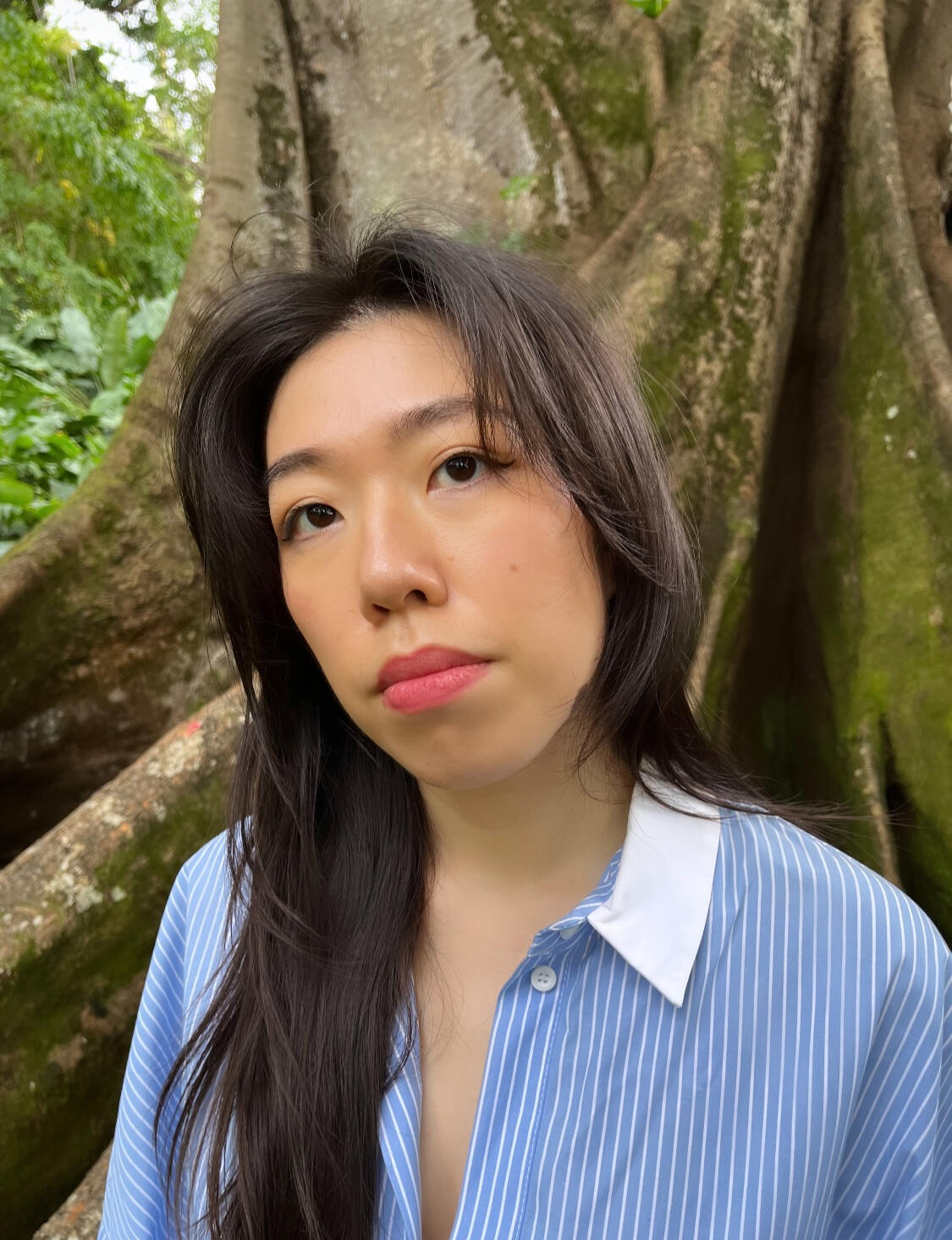
Born and raised on Oʻahu, Sam Ikehara writes and teaches about race, the environment, and legacies of war. She is an Assistant Professor of American Studies at the University of Hawaiʻi at Mānoa.
Both sides of my family have been entangled in the operations of U.S. and Japanese empire for generations: living, moving, settling, and passing during and after hot and cold wars across Asia and the Pacific Islands. My life work is thus dedicated to elucidating the inner and afterlives of U.S.-Japanese interimperialism. Central to this work is my personal commitment to researching and writing about legacies of war and militarism in Hawaiʻi, where I was born and raised, and Okinawa, where some of family is from.My current book project, tentatively titled Atmospheres of Relief: Air and Militarism in the Pacific Ocean, investigates air across Asia and the Pacific Islands as a site of U.S.-Japanese interimperial violence that is actively contested through movements for demilitarization and sovereignty built around air, breath, and wind. My research has been supported by multiple fellowships from the University of Southern California and was awarded the Best Graduate Student Paper Award from the Association of Asian American Studies and an honorable mention from the American Studies Association's Gene Wise-Warren Award. A chapter of this book project was also awarded the Constance M. Rourke Award from the American Studies Association. You can find my published work in American Quarterly, Amerasia Journal, Verge: Studies in Global Asias and Critical Ethnic Studies Journal.In addition to research and teaching, I engage with the community through my ongoing involvement in demilitarization work. I am a lead organizer with Hawaiʻi Okinawa Alliance (HOA) and a member of Women's Voices, Women Speak, the Hawaiʻi chapter of the International Women's Network Against Militarism, and the Oʻahu Water Protectors. I previously served as treasurer and board member for the local nonprofit organization Hawaiʻi Peace and Justice. Through my past and present work with each of these groups, I advance my commitment to weaving and uplifting networks international networks of solidarity against militarism across Asia and the Pacific Islands.

SAM IKEHARA
Research
My book manuscript, Atmospheres of Relief: Air and Militarism in the Pacific Ocean, examines ongoing U.S.-Japanese interimperial cooperation from the vantage point of Indigenous and diasporic communities across Asia and the Pacific Islands. In this project, I ask, how do processes of militarization and movements for demilitarization compete within the air? How has air functioned as a space of racialization and violence across different wars? Through struggles for demilitarization, how can air function as a space of healing and solidarity?The places I analyze—Hawaiʻi, Okinawa, Korea, and Guam—are framed as crucial to “national security” as essential nodes in a geographically sprawling U.S. military occupation network bound by the Pacific Ocean. These places have been situated in “force-combining” relation to each other and are all subjected to structures of occupation that create human and environmental crises that elucidate a contradiction: their status as crucial simultaneously marks them as disposable and available to violence. While the ocean has long been viewed as a necessary conduit and foundation for imperial power, the violent structures of U.S. militarism in Asia and the Pacific Islands are not as often examined for their aerial nature. Through an interdisciplinary approach that combines archival research with literary, visual, and cultural analysis, I demonstrate how military discourses of security operate through atmospheres of violence and logics of bodily confinement, forcing people underground to shelter from missiles and shutting them into soundproof rooms because of noise pollution. Against these fictions of “security,” I turn to Indigenous and diasporic literature, visual culture, and other narrative modes that reconceptualize and reimagine militarized ideas of security, peace, and shelter through intergenerational memory and connections to the elements.By examining air and atmosphere as an arena whose sovereignty is unsettled and defies national circumscription, my manuscript examines cultural production from below. With its focus on narratives of war and security from the perspective of people whose everyday lives, including the very air they breathe, are conditioned by occupation, Atmospheres of Relief casts light on air and atmosphere as the basis for an interpretive analytic for understanding the force of militarism. Organized around specific air-oriented technologies—the postcard, the telescope, the aircraft, and the missile—each chapter examines the frequencies of racialization and violence perpetuated through the air and atmosphere by U.S. and Japanese interimperial cooperation. At the same time, I attend to how artists, writers, and testifiers reconceptualize militarized notions of security through everyday struggles for sovereignty built around wind, breath, and the restoration of bodily relief. My work insists that it is only at the intersection of competing narratives of the state and community that we may understand and meaningfully address the vast spatial and temporal reaches of war and its ongoing consequences for Indigenous and diasporic people and their sacred lands and waters.
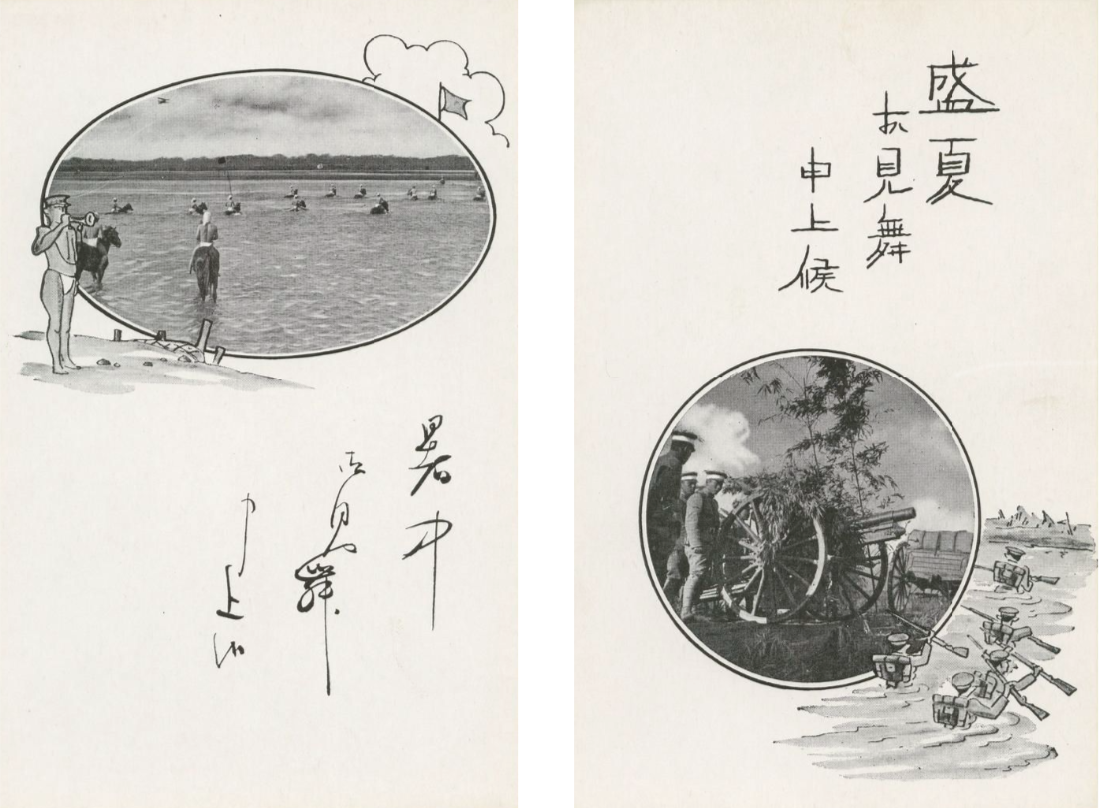
Japanese seasonal heat postcards from the wartime era, one of the archival objects I analyze in the first chapter of my dissertation on imperial imaginings of the tropical climate. An excerpt of this chapter was awarded the Best Graduate Student Paper Award at the 2022 Association of Asian American Studies conference and an honorable mention for the Gene Wise-Warren Award from the American Studies Association.
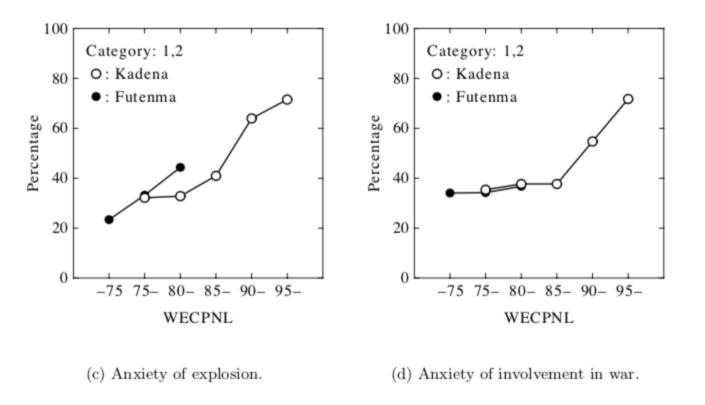
Percentage plot graphs from a noise pollution study undertaken by the Okinawan prefectural government from 1995-1999, one of the archival materials I turn to in the third chapter of my dissertation on noise pollution in Okinawa and Hawaiʻi. In the section on Okinawa, I read these graphs alongside my translations of legal testimonies from the 1982 noise pollution lawsuit, as well as poetry by Okinawan poet Nakazato Yūgo. "A Report on the Aircraft Noise as a Public Health Problem in Okinawa," page 26.

SAM IKEHARA
Academic Work
Peer-Reviewed Articles
Ikehara, Sam. “The Feel of Peace: Noise Pollution and the Sovereignty of Wind.” American Quarterly 76, no. 3 (2024): 417–40.Ikehara, Sam. “The Subaru Telescope and Interimperial Intimacies Between Mauna Kea and Mt. Fuji.” Amerasia Journal 51, no. 3 (May 2024): 1–22.Cristobal, Nik, Sam Ikehara, ʻIhilani Lasconia, and Hina Kaʻōpua-Canonigo. “Genuine Security for Whom?: Militourism and Violence Against the Feminine in Hawaiʻi and Asia and the Pacific.” JCSCORE 10, no. 1 (May 29, 2024): 35–57.Forums
Ikehara, Sam. "Wish You Were Here" published in "Field Trip: Materialities of Empire in a More-than-Human World," edited by Heidi Amin-Hong and Keva X. Bui. Verge: Studies in Global Asias 8, no. 2 (2022): 70-74.Other Journal Contributions
Ikehara, Sam, Hi‘ilei Julia Kawehipuaakahaopulani Hobart, Erin Suzuki, and Aimee Bahng. “The Transpacific in Relation: Anticolonial Solidarities and Feminist Collaboration.” Critical Ethnic Studies Journal 7, no. 2 (Fall 2021).
Public Work
“Ending RIMPAC, Feeling Peace.” Essay on RIMPAC 2018 and demilitarization in Asia and the Pacific with The Hawaii Independent, July 2018.

SAM IKEHARA
Teaching
Extending my scholarly interests in the intimate afterlives of war, my teaching bridges historical and cultural narratives of race, gender, and the environment in an effort to guide students to think critically about how power functions in their everyday lives.I had the honor of being selected as a Teaching Mentored Fellow by the USC Center for Teaching Excellence and taught “War, Memory, and Asian America” as instructor of record in Spring 2021.
Who or what is “Asian American”? In this class, we will study the local and global processes of capitalism, colonialism, and imperialism that brought—or displaced—Asian communities to what we now refer to as “America.” Tracing the histories of yellow peril to model minority, from the spy to the refugee, we will approach Asian American history from a transnational and interdiscplinary perspective to understand the historical conditions under which the creation of an “Asian American” identity and politic was necessary in the first place. To this end, we will address labor and global commerce in relation to slavery and freedom; citizenship, incarceration, and the complexities of belonging; the violences of war, its ongoing traumas, and contested debates over what justice and redress entails. In addition to studying the racism Asians have been and continue to be subjected to, we will also study Asian American responses to these conditions of injustice. Through a collective exploration of what exactly “Asian” and “American” have come to signify, both in the U.S. and around the world, we will think critically about our pasts and presents, and in the process, assess how much or how little has changed, and how our own individual and collective acts of questioning, remembering, and imagining may change the course of what is yet to come.
Introduction to Asian American Studies
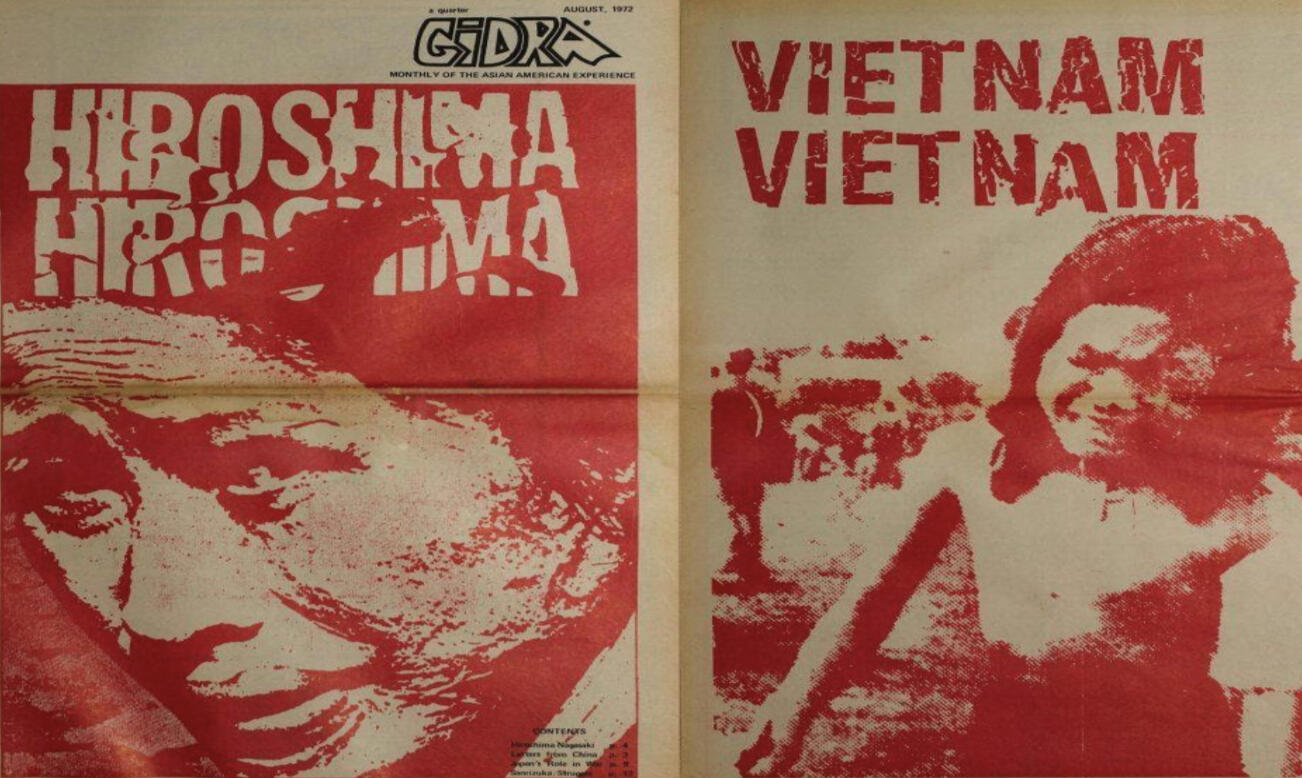
From the August 1972 issue of Gidra: The Monthly of the Asian American Experience
Memories of the Asia Pacific War(s)
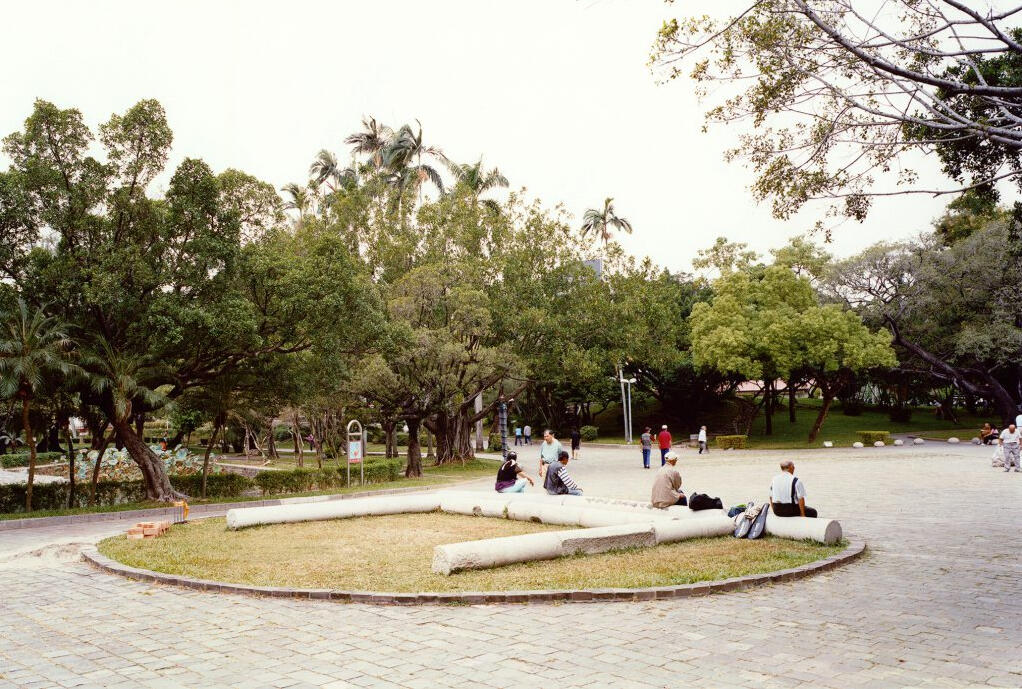
Shitamichi Motoyuki, "torii"
The traditional narrative of the second World War’s Pacific Theater begins with the Japanese attack on Pearl Harbor—or what Native Hawaiians call Puʻuloa—and ends with the U.S. atomic bombings of Hiroshima and Nagasaki. Lost in this national framing are the local experiences of war that devastated millions of people throughout Asia and the Pacific Islands. For these places thrust into a war that wasn’t theirs to fight, the war did not end in 1945, as these communities continue to deal with the war’s human and environmental consequences. In this course, we will attend to the memories that have been marginalized in the large frameworks of national memorialization—the memories of war from Hawaiʻi, Okinawa, Guam, Korea, Taiwan, the Marshall Islands, Native American nations, amongst other places. In this course, we will focus not only on what various nation-states encourages us to remember, but how we remember, and perhaps more importantly, we will question what is being forgotten and what we lose with every act of forgetting. With the Asia-Pacific War(s) as our case study, we will explore the limits of memory from an interdisciplinary vantage point, engaging not only with the traditional objects of history such as testimony, but also with novels, poetry, photography, sculpture, video games, anime, amongst other cultural forms. In doing so, we will question the forms through which memories are created and shared, whose memories matter, and how we remember things we ourselves may have never experienced firsthand.
In this class, we will interrogate the questions we take for granted about war: what it is, who does it, why it happens, when it happens, with special attention to the question of where it happens. Our exploration of the where of warfare is necessarily a question of our natural and built environments. How have land, water, air, and other elements been exploited for projects of war and occupation? How does our understanding of the when and where of war fundamentally change when the environment is not relegated to background or setting, but is centered as maintaining its own memories and feelings of war?With the second World War, the Vietnam War, and contemporary military occupations as our focus, we will engage with archival materials/oral histories, literature, visual culture, and other cultural forms to study war and its afterlife through analysis of violences that are purposefully manufactured to be out of sight, occurring in places deemed as peripheral, most often Indigenous lands and waters. Why are certain people and places marked as disposable, and how are “human” logics of race and gender imposed on environments? How do our ways of seeing impact not only how we understand the violence happening, but also how we can respond with action in our struggles for peace and justice? With attention to collective response, this course is not exclusively about the violence of militarization; it is also a study in community organizing that centers the self-determination of people across Asia and the Pacific Islands who engage in the project of reimagining genuine security for themselves, for future generations, and for the lands and waters that sustain them.
War and the Environment
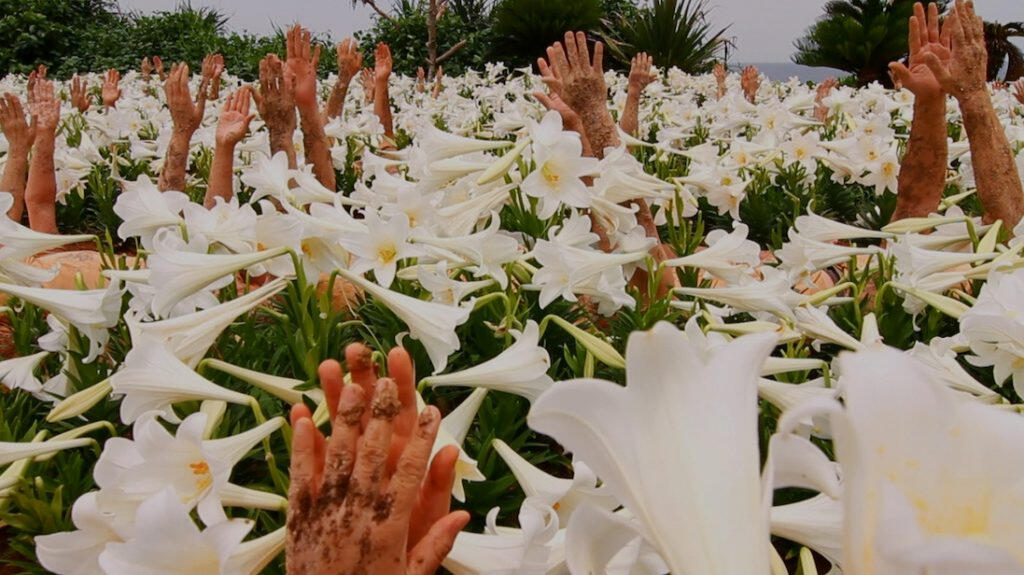
Yamashiro Chikako, "Mud Man"

SAM IKEHARA
Select Presentations
“The Speed of Shelter: Horizontal Returns and the Respatialization of Peace.” Association of Asian American Studies, Seattle, Washington. April 2024.“Slowness, Stillness, Silence: Noise Pollution and the Politics of Wind in Okinawa.” Association of Asian American Studies, Long Beach, California. April 2023."'A South Sea People': Climactic Monotony and the Adaptability of Japanese Bodies." American Studies Association. November 2022."The Body in Heat: Race, Relief, and the Tropical Atmosphere." Association of Asian American Studies. April 2022.“The Sound of Peace: Noise Pollution and an Okinawan Poetics of Wind.” Harvard University Mahindra Humanities Center Interdisciplinary Graduate Student Conference. March 2022.“The Snowscapes of Japan’s Postwar Tropics.” American Studies Association Annual Conference. Virtual. October 2021.“The Militarized Routes of Mauna Kea and Mt. Fuji.” Association of Asian Amerian Studies Annual Conference. Virtual. April 2021.“Huli (Overturning) the Occupying State: The Work of Settler Allyship at Mauna Kea.” Association of Asian Amerian Studies Annual Conference. Washington DC, Maryland—cancelled due to COVID-19 pandemic.“The Catachronic Conditions of the Subaru Telescope: Astronomy and Affect between Japan and Hawai‘i.” American Studies Association Annual Conference, Honolulu, Hawaiʻi. November 2019.
The 1898 Project: Perspectives on Women’s Roles in History
I was honored to be invited to speak alongside Noelani Goodyear-Kaʻōpua and Mary Therese Perez Hattori on the role of women in demilitarization work. In my portion of this panel, I discuss the history of the International Women's Network Against Militarism, the most recent IWNAM gathering in Olongapo, and ongoing efforts of solidarity between Hawaiʻi and the Philippines regarding the proposed movement of fuel from Red Hill to Subic Bay.
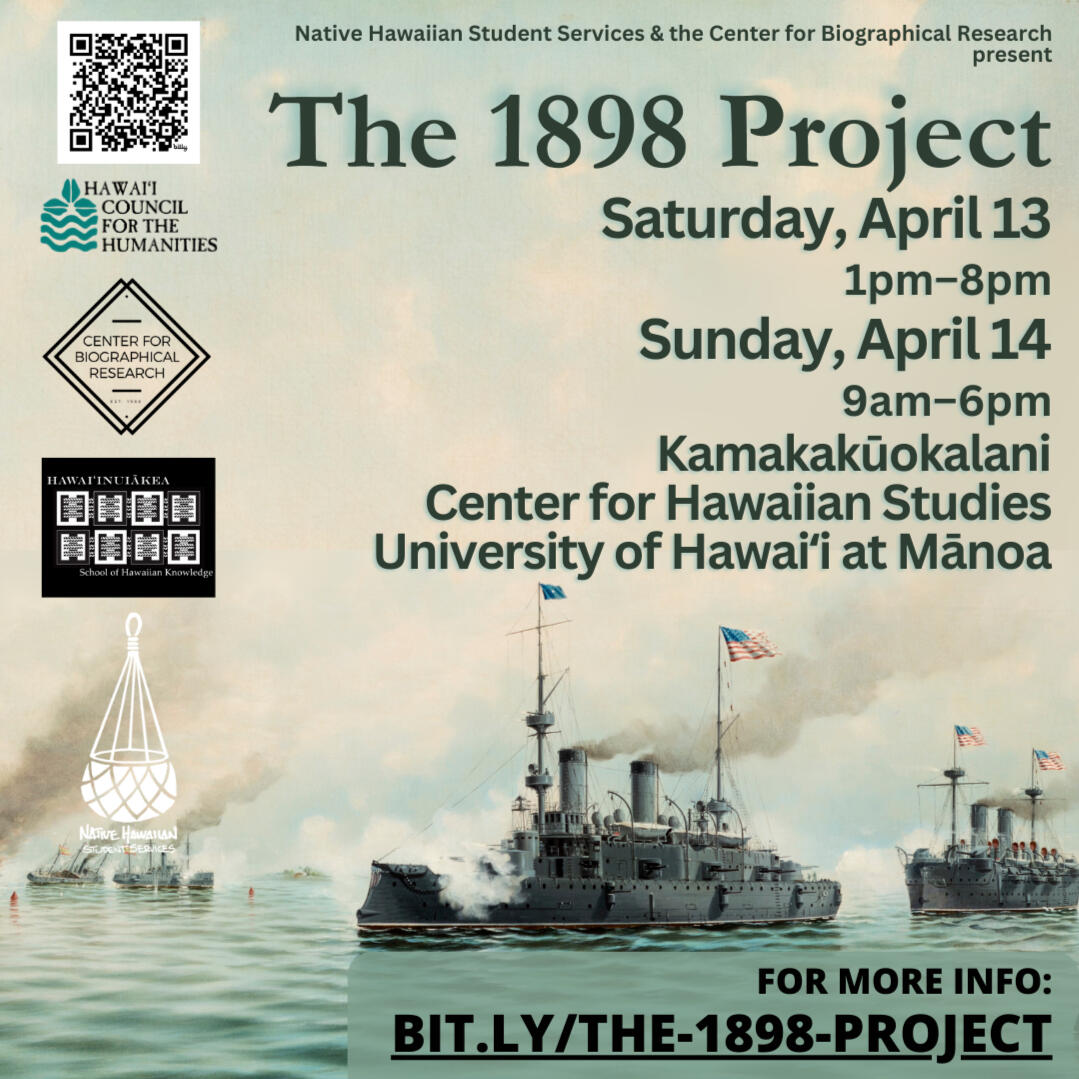
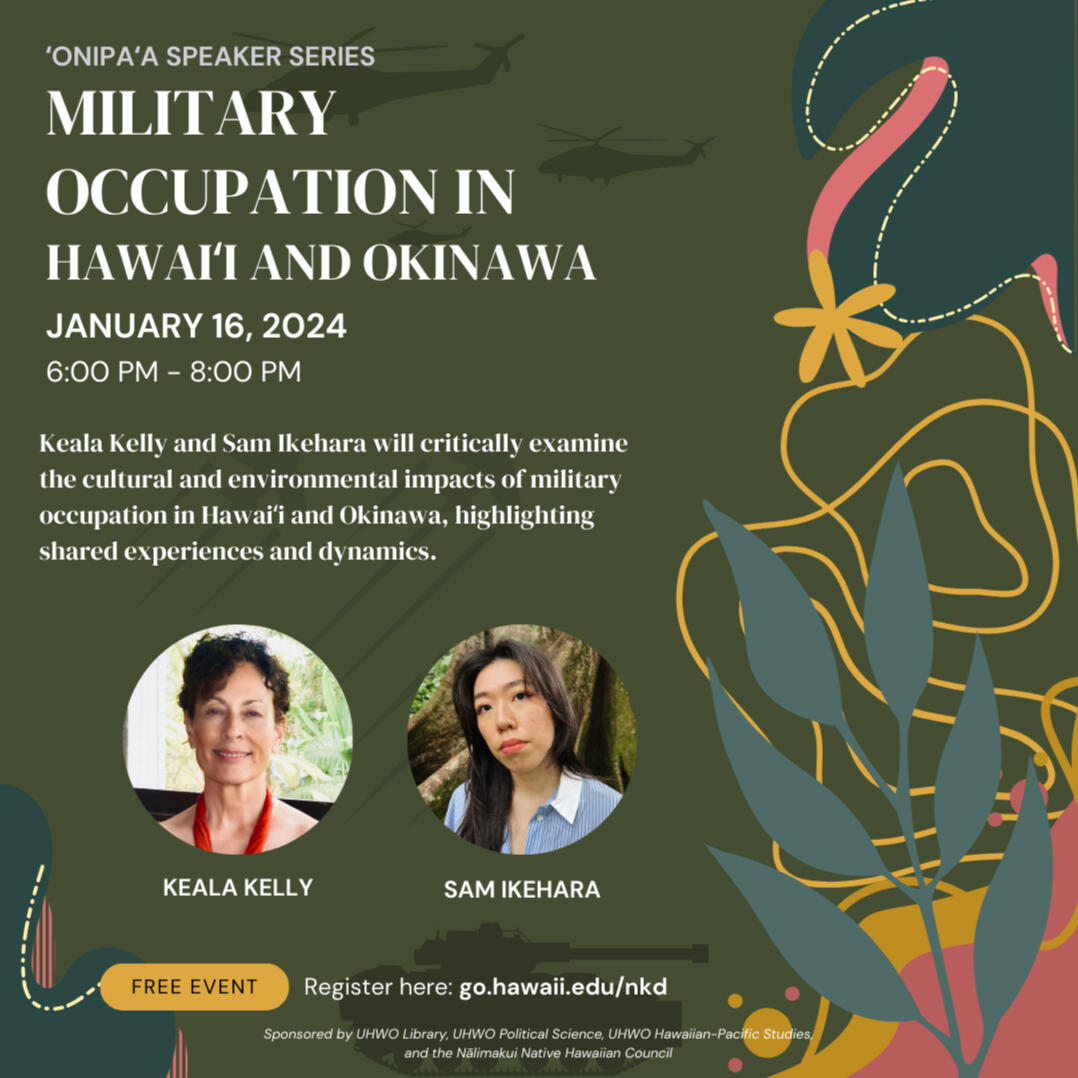
Onipaʻa Speaker Series: U.S. Military Occupation of Hawaiʻi and Okinawa
In honor of Onipaʻa 2024, I was invited to speak at the University of Hawaiʻi, West Oʻahu alongside Keala Kelly. In my portion of the event, I spoke about environmental justice and U.S. military occupation in Okinawa, providing a broad overview of history and ongoing struggles related to land, water, and air.
Feminist Vision of Genuine Security and a Culture of Life
Following the International Women's Network Against Militarism gathering in May 2023 in Olongapo and Subic Bay, I had the honor of speaking alongside other women in the network at the Tenth South South Forum on Sustainability. In our presentations, we address the ongoing struggles against U.S. militarism in our respective locations. My portion covered the Red Hill water contamination crisis, as well as the upcoming renewal of U.S. military land leases in Hawaiʻi.
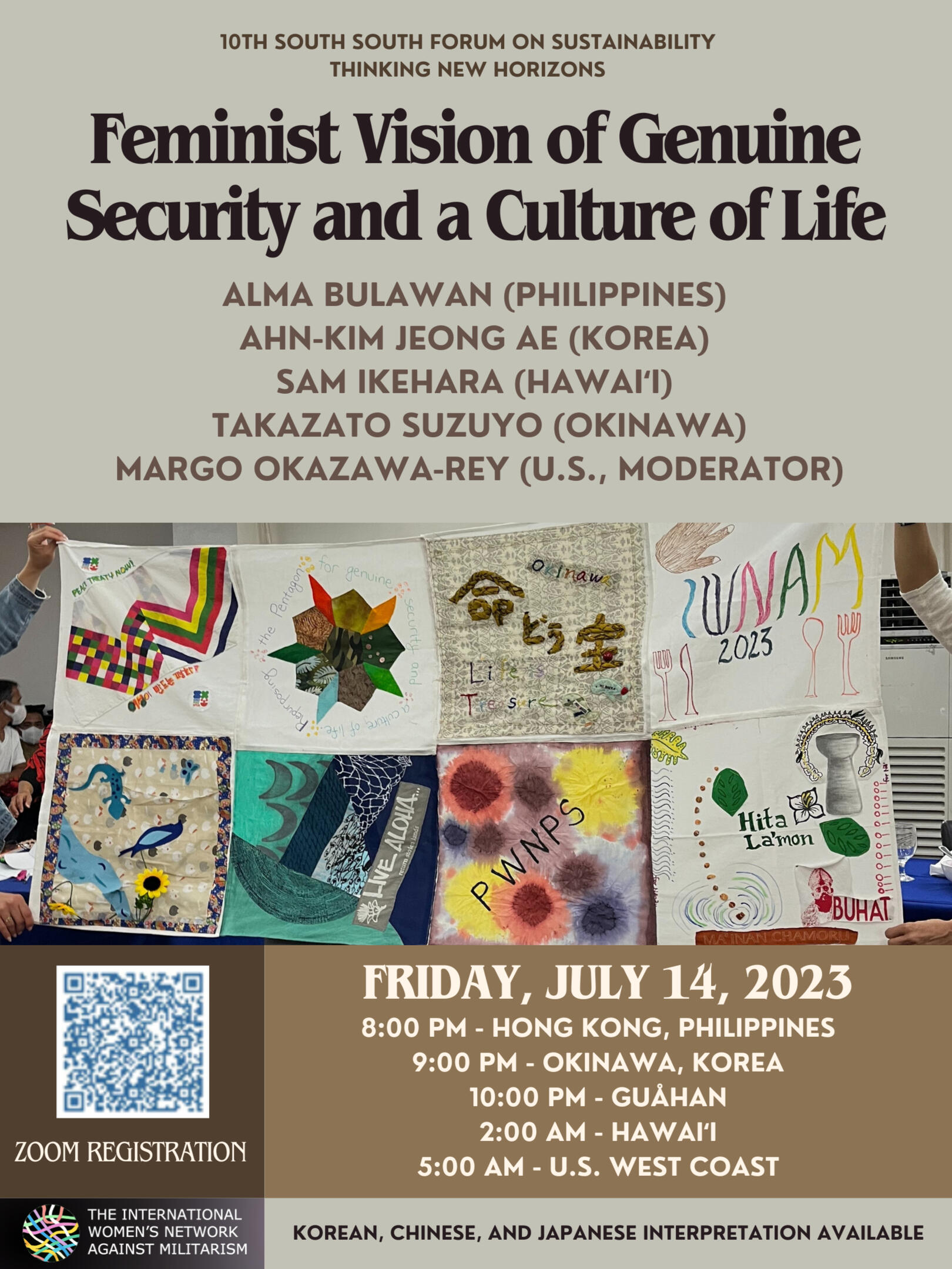
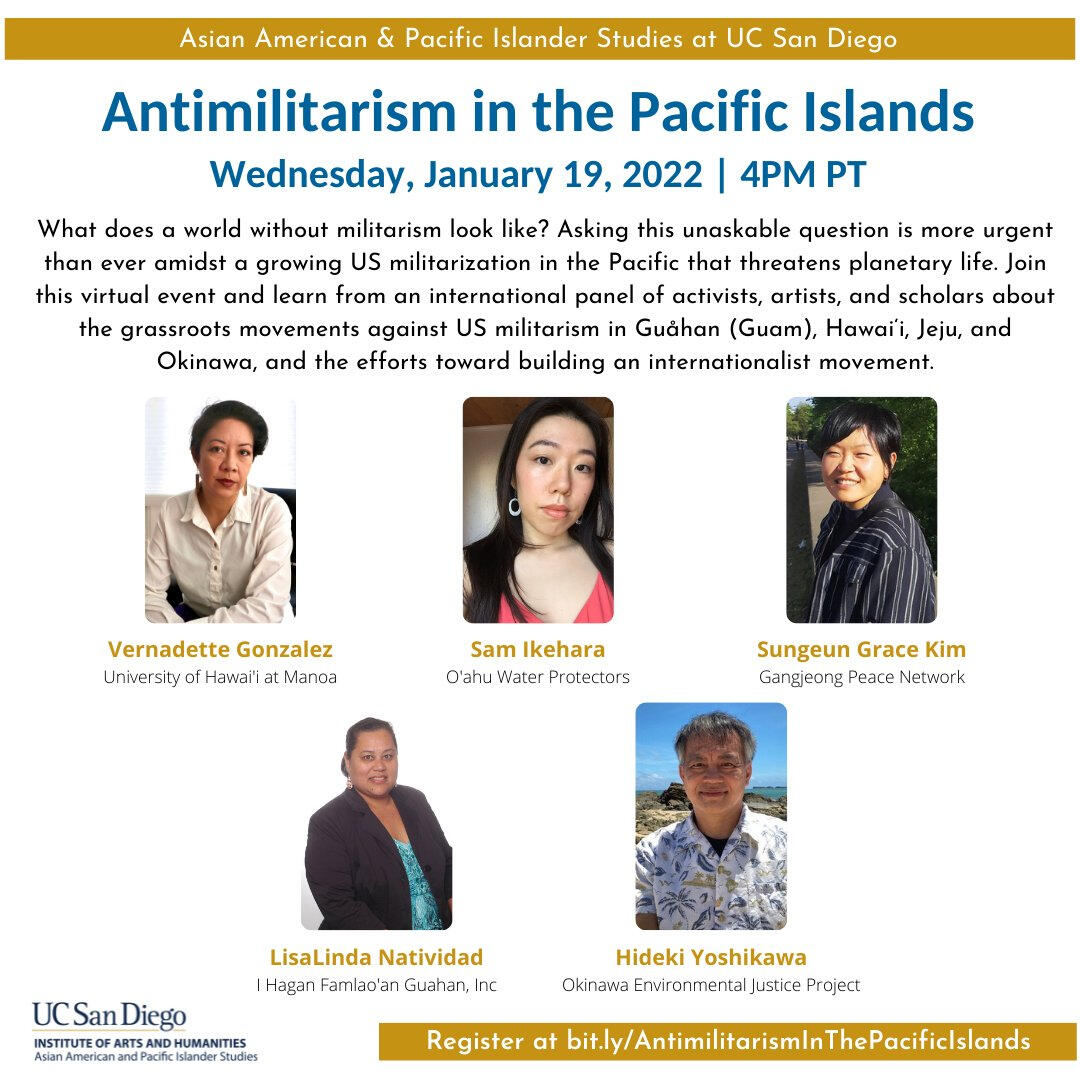
Antimilitarism in the Pacific Islands
I was honored to be invited to speak on this panel hosted by Asian American & Pacific Islander Studies at UC San Diego. In my presentation, I discussed the history of the Red Hill Bulk Fuel Storage Facility on the island of Oʻahu, the ongoing water contamination crisis caused by the U.S. Navy, and the struggle to permanently shut down the facility.
Protecting Kapūkaki: Coalition Building to Shut Down Red Hill
On this roundtable hosted by the University of Hawaiʻi Matsunaga Institute for Peace, I joined fellow members of the Oʻahu Water Protectors to discuss efforts at coalition building to build public support for permanently shutting down the Red Hill Bulk Fuel Storage Facility.
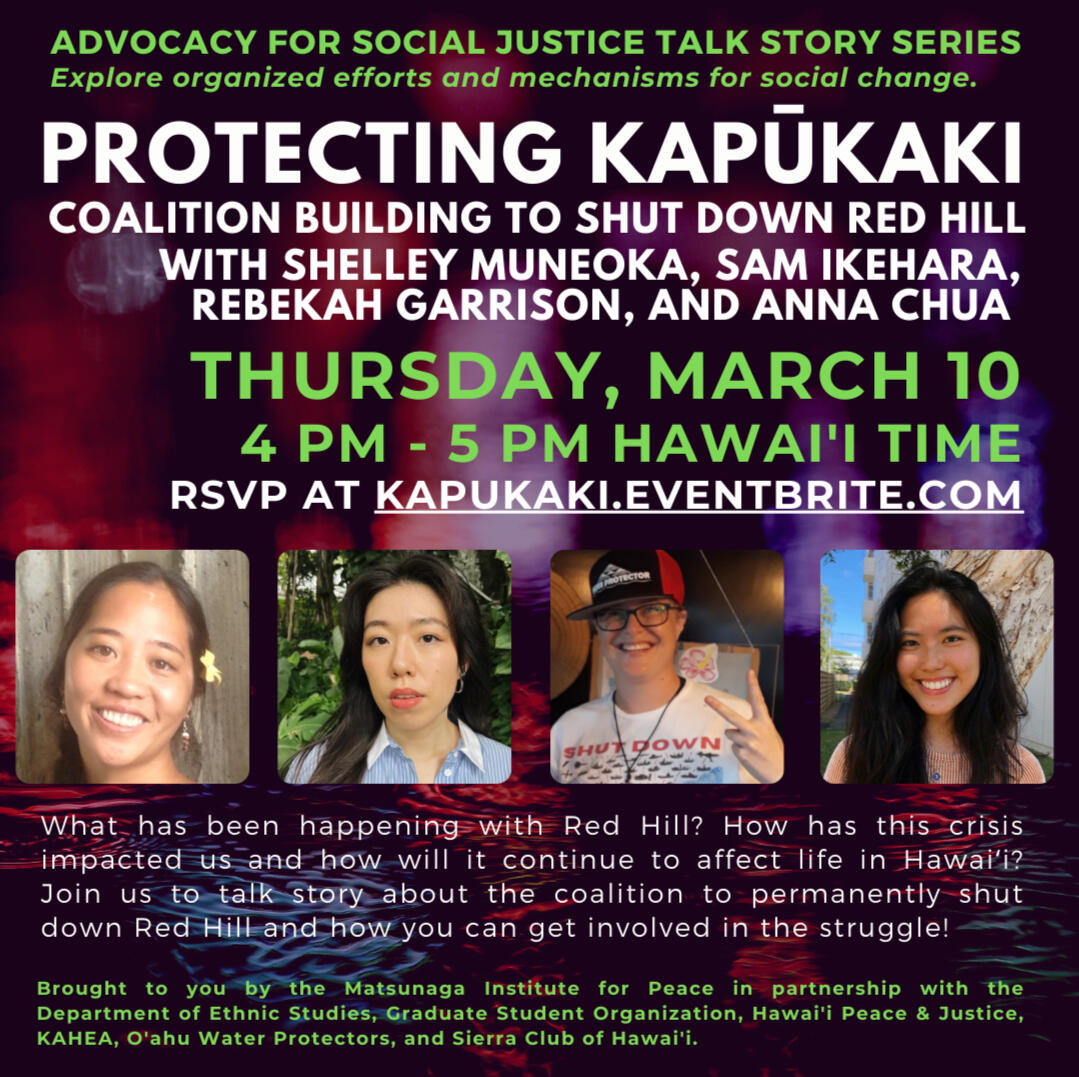
Contact
Please fill out the form below to get in touch with me. I can also be reached at samike@hawaii.edu.
Thank you for your message!
I will get back to you as soon as I can.